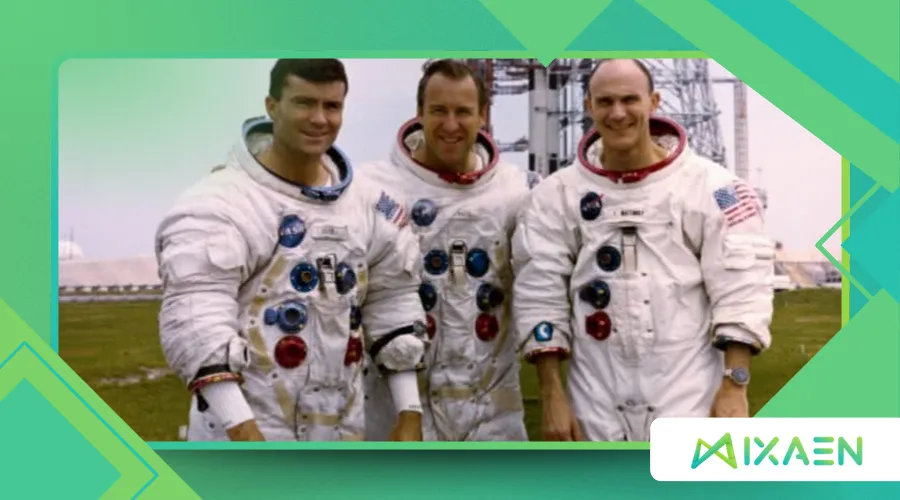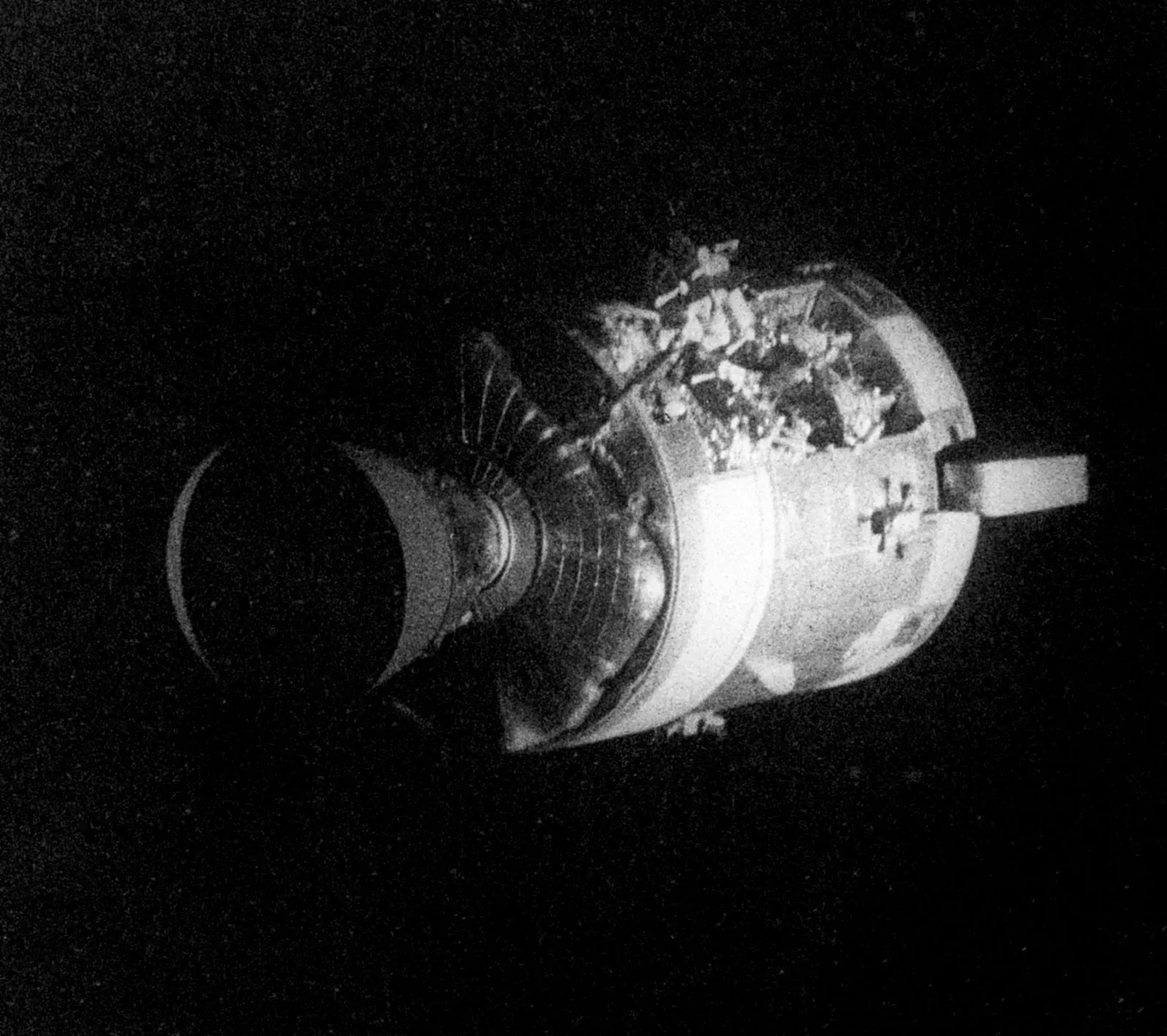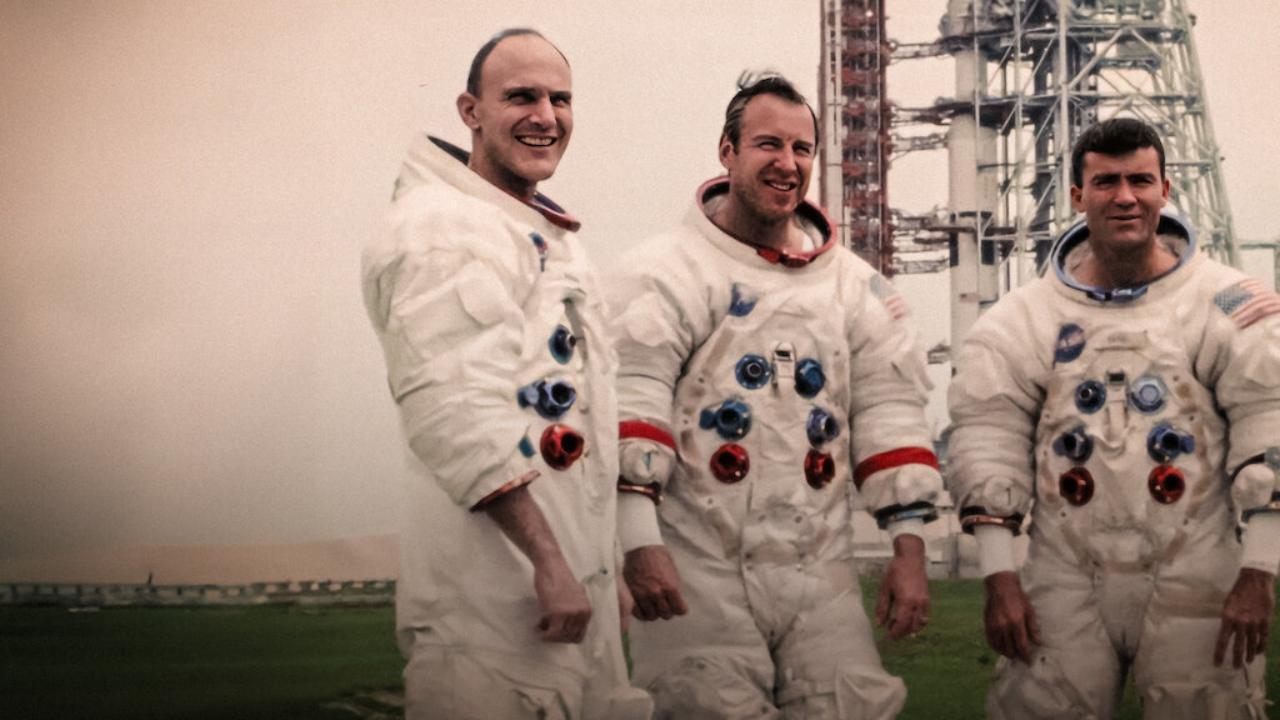Apollo 13: What Really Happened on the Infamous 1970 Mission?

Few space missions capture the drama, ingenuity, and sheer suspense of Apollo 13.
Anúncios
Dubbed a “successful failure,” this near-disastrous 1970 lunar expedition became a testament to human resilience.
But what exactly went wrong, and how did NASA turn catastrophe into triumph?
Beyond Hollywood’s portrayal, the real story blends engineering flaws, split-second decisions, and an improvised survival plan that pushed the limits of spaceflight.
Let’s dissect the mission’s critical moments, debunk myths, and explore why Apollo 13 remains a cornerstone of space exploration history.
The Ill-Fated Launch: High Hopes Turned Desperate
On April 11, 1970, Apollo 13 launched with astronauts Jim Lovell, Jack Swigert, and Fred Haise aboard.
Public interest had waned since Armstrong’s moonwalk, but NASA pressed forward with its third lunar landing attempt.
Fifty-five hours into the mission, an oxygen tank explosion rocked the spacecraft.
Swigert’s now-iconic phrase—“Houston, we’ve had a problem”—marked the start of a desperate fight for survival.
The launch itself was a culmination of extensive planning and preparation, with the team confident in their ability to accomplish the mission.
However, the unforeseen challenges they faced would test their training and resolve in ways they had never imagined.
This incident highlights the unpredictable nature of space exploration, where even the best-laid plans can unravel in an instant.
What Caused the Explosion?
Investigations revealed a chain of overlooked errors:
- A damaged oxygen tank (No. 2) from pre-launch testing.
- Electrical wiring vulnerabilities exposed by routine tank-fan activation.
- A spark that ignited insulation, triggering the blast.
NASA’s post-mission report (1970) confirmed that Apollo 13’s tank design lacked safeguards against such failures—a flaw later rectified in subsequent missions.
Understanding these technical failures is crucial, as they serve as lessons for future missions.
The incident prompted a thorough analysis of safety protocols, underscoring the need for rigorous testing and quality assurance in aerospace engineering.
Moreover, the investigation revealed the importance of effective communication among teams, ensuring that all potential risks are identified and mitigated.
Table 1: Critical Timeline of Apollo 13’s Crisis
| Time (Mission Elapsed) | Event |
|---|---|
| 55:54:53 | Oxygen Tank 2 explodes |
| 56:00:00 | Crew reports power loss |
| 58:40:00 | Lunar Module Aquarius becomes lifeboat |
| 77:56:00 | Course correction using LM engine |
| 142:54:41 | Safe Earth re-entry |

+ The Future of Space Exploration: The Role of SpaceX’s Starship
Ingenuity Under Pressure: How NASA Saved Apollo 13
With the Command Module Odyssey crippled, NASA engineers scrambled to repurpose the Lunar Module Aquarius—a craft designed for two people, now housing three.
Oxygen, power, and water dwindled, while carbon dioxide levels soared.
The ingenuity displayed during this crisis was nothing short of remarkable, showcasing the ability to adapt under extreme pressure.
Engineers and astronauts worked collaboratively, relying on their training and creativity to devise solutions in real-time.
This teamwork extended beyond the spacecraft, as Mission Control played a pivotal role in guiding the crew through the crisis.
The collaboration between the ground team and the astronauts exemplified the essence of human space exploration—working together to overcome seemingly insurmountable challenges.
The “Mailbox” Fix: A MacGyver Moment
To scrub CO₂, engineers devised an adapter using:
- Plastic bags
- Duct tape
- Cardboard
- LM canisters
This jury-rigged system, later dubbed the “mailbox,” bought the crew precious time.
Such innovative solutions highlight the importance of resourcefulness in crisis situations.
The ability to think outside the box can make a critical difference, especially when traditional methods fail.
This incident has inspired countless engineers and innovators, demonstrating that creativity can lead to groundbreaking solutions.
Navigating a Free-Return Trajectory
Another hurdle? Adjusting Apollo 13’s trajectory without the main engine.
Using the LM’s thrusters, Lovell manually aligned the ship for a gravity-assisted return—a maneuver never before attempted in crisis conditions.
This feat required precise calculations and an understanding of orbital mechanics, showcasing the astronauts’ expertise.
Lovell’s leadership and calm demeanor under pressure were instrumental in executing this complex maneuver.
His experience and training enabled him to make quick decisions that ultimately saved the crew’s lives.
This episode serves as a reminder of the critical role that skilled individuals play in high-stakes environments, where every second counts.

Table 2: Resource Constraints During the Crisis
| Resource | Available at Explosion | Remaining at Re-entry |
|---|---|---|
| Oxygen | 320 lbs | 38 lbs |
| Water | 153 lbs | 12 lbs |
| Power (CM batteries) | 100% | 20% |
++ Gemini Project: The Space Program That Prepared Humanity for the Moon
The Human Factor: Leadership in Life-or-Death Scenarios
Beyond engineering, Apollo 13 showcased extraordinary leadership.
Flight Director Gene Kranz’s “Failure is not an option” mindset galvanized Mission Control.
Meanwhile, the crew’s calm under pressure—Swigert’s precision, Lovell’s experience, Haise’s endurance—proved vital.
Leadership during crises often requires not just technical expertise but also emotional intelligence.
Kranz’s ability to inspire and motivate his team played a crucial role in maintaining focus and morale amidst the chaos.
Psychologists later studied the mission as a case study in crisis management, noting that structured improvisation—not rigid protocols—saved lives.
This analysis emphasizes the need for adaptability and flexibility in leadership, particularly in unpredictable situations.
Legacy: How Apollo 13 Changed Spaceflight Forever
The near-disaster forced NASA to overhaul safety protocols:
- Redundant systems in oxygen tanks.
- Enhanced crew emergency training.
- Stricter pre-launch checks.
Ironically, Apollo 13’s failure bolstered confidence in human spaceflight—proving that even the direst crises could be overcome.
The lessons learned from this mission have influenced subsequent space missions, ensuring that safety remains a top priority.
Furthermore, the story of Apollo 13 has become a cultural touchstone, inspiring films, books, and educational programs.
These narratives serve to educate future generations about the importance of resilience, teamwork, and innovation in the face of adversity.
For more information on the legacy of Apollo 13, visit NASA’s Apollo 13 Overview.
Final Thoughts: Why Apollo 13 Still Matters
More than a story of survival, Apollo 13 symbolizes humanity’s tenacity.
It reminds us that exploration is fraught with peril—but also that ingenuity, teamwork, and grit can rewrite fate.
As NASA eyes Mars and beyond, the lessons of 1970 remain timeless: prepare for the worst, adapt relentlessly, and never underestimate human resolve.
The mission also serves as a reminder of the importance of thorough preparation and the need to anticipate potential challenges.
By learning from the past, we can better navigate the complexities of future exploration.
Ultimately, Apollo 13 stands as a testament to human spirit and innovation, inspiring future generations to reach for the stars.
